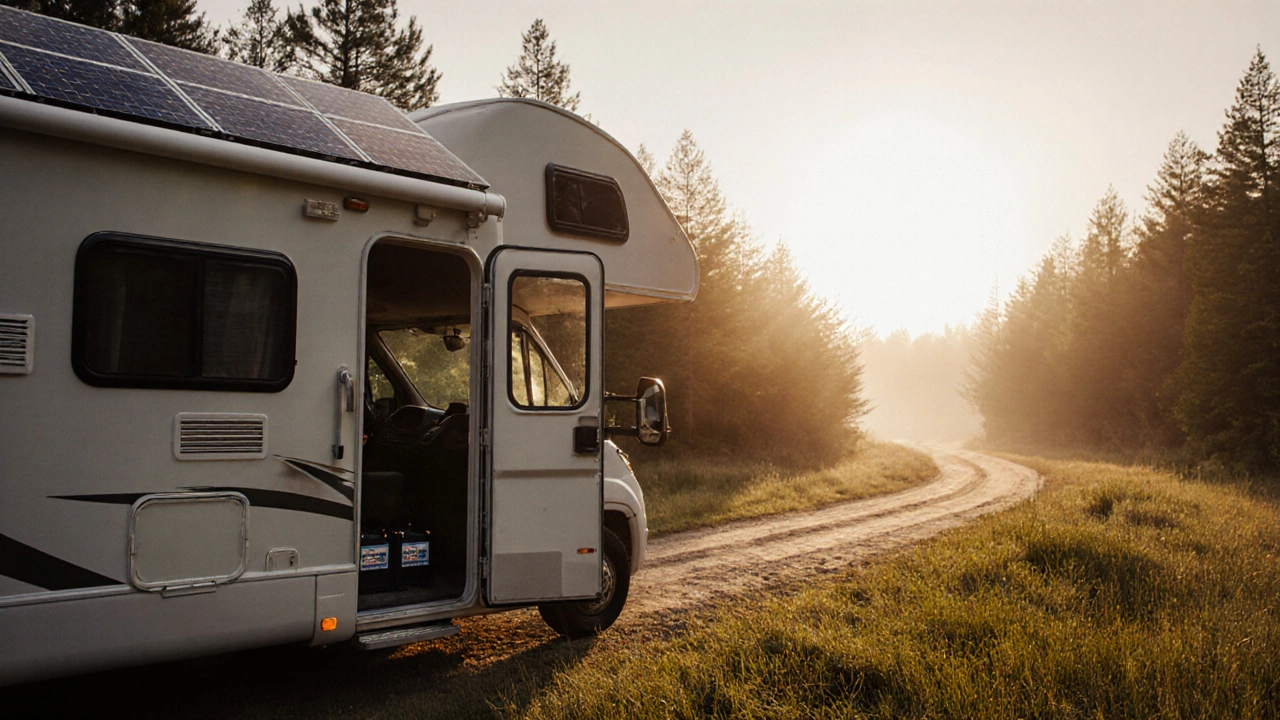
When dealing with RV Power Management, the practice of monitoring, storing, and distributing electricity inside a motorhome so you can run lights, appliances, and gadgets while traveling. Also known as mobile power control, it is the backbone of any comfortable road trip. RV power management encompasses three core tasks: monitoring battery health, converting power with the right inverter, and harvesting energy through solar panels. Each task influences the others – a weak battery forces the inverter to work harder, while a well‑sized solar array can reduce reliance on the engine’s alternator.
The first piece of the puzzle is the RV Battery, the primary energy storage unit that supplies power when the engine is off. Good battery maintenance—checking voltage, equalizing cells, and keeping terminals clean—directly affects how long you can stay off‑grid. Next up is the Power Inverter, a device that turns 12V DC from the battery into 120V AC for household‑style appliances. Selecting an inverter with the right wattage prevents overloads and protects sensitive electronics. Finally, many travelers add a Solar Panel system, a set of photovoltaic cells that capture sunlight and feed energy back into the battery bank. Proper panel placement and a quality charge controller maximize daily charge and keep the battery topped up during long stays.
Another tool that bridges the gap between battery and plug‑in life is the Portable Power Station, a compact, rechargeable unit with built-in batteries, inverter, and multiple output ports. When you need a quick boost at a campsite without solar, a power station can run a mini‑fridge, charge phones, or even power a small heater. The relationship between these devices is simple: the battery stores, the inverter converts, the solar panel replenishes, and the portable station provides flexibility. Understanding how they interact lets you plan trips that stay within budget, avoid unexpected dead‑power moments, and keep the motorhome’s comforts running smoothly. Below you’ll find guides, cost breakdowns, and practical checklists covering everything from choosing the right battery type to sizing a solar array for UK campsites.